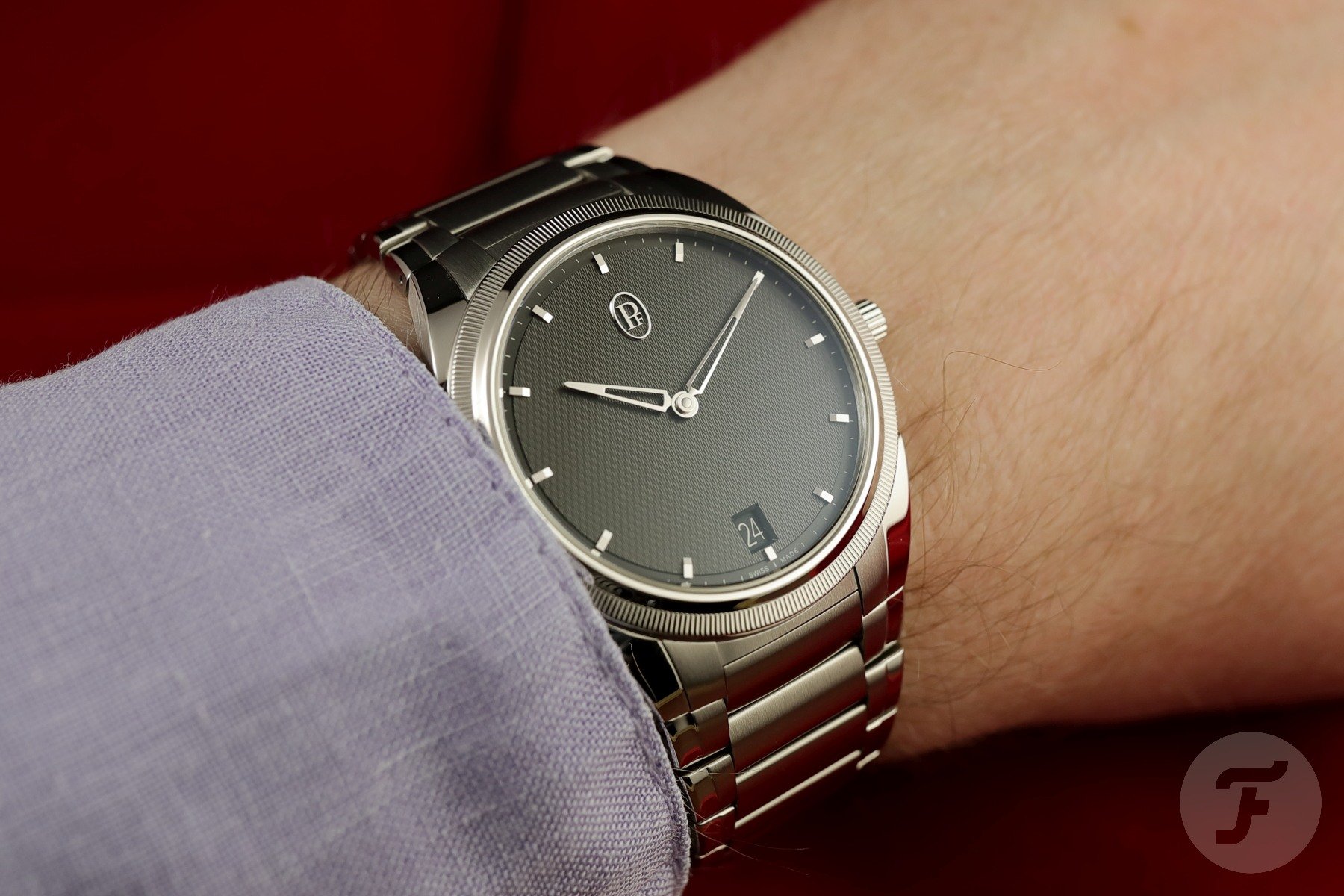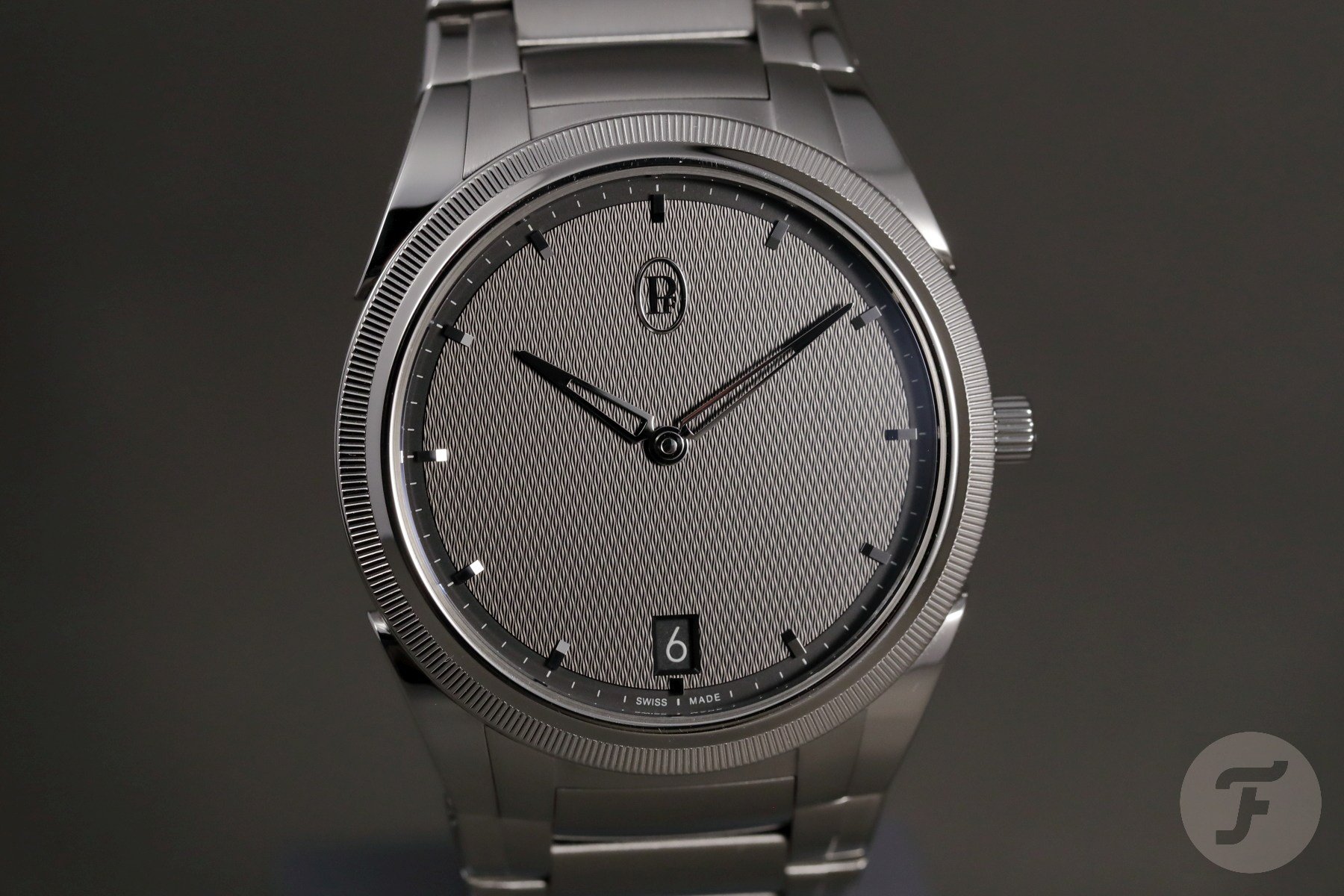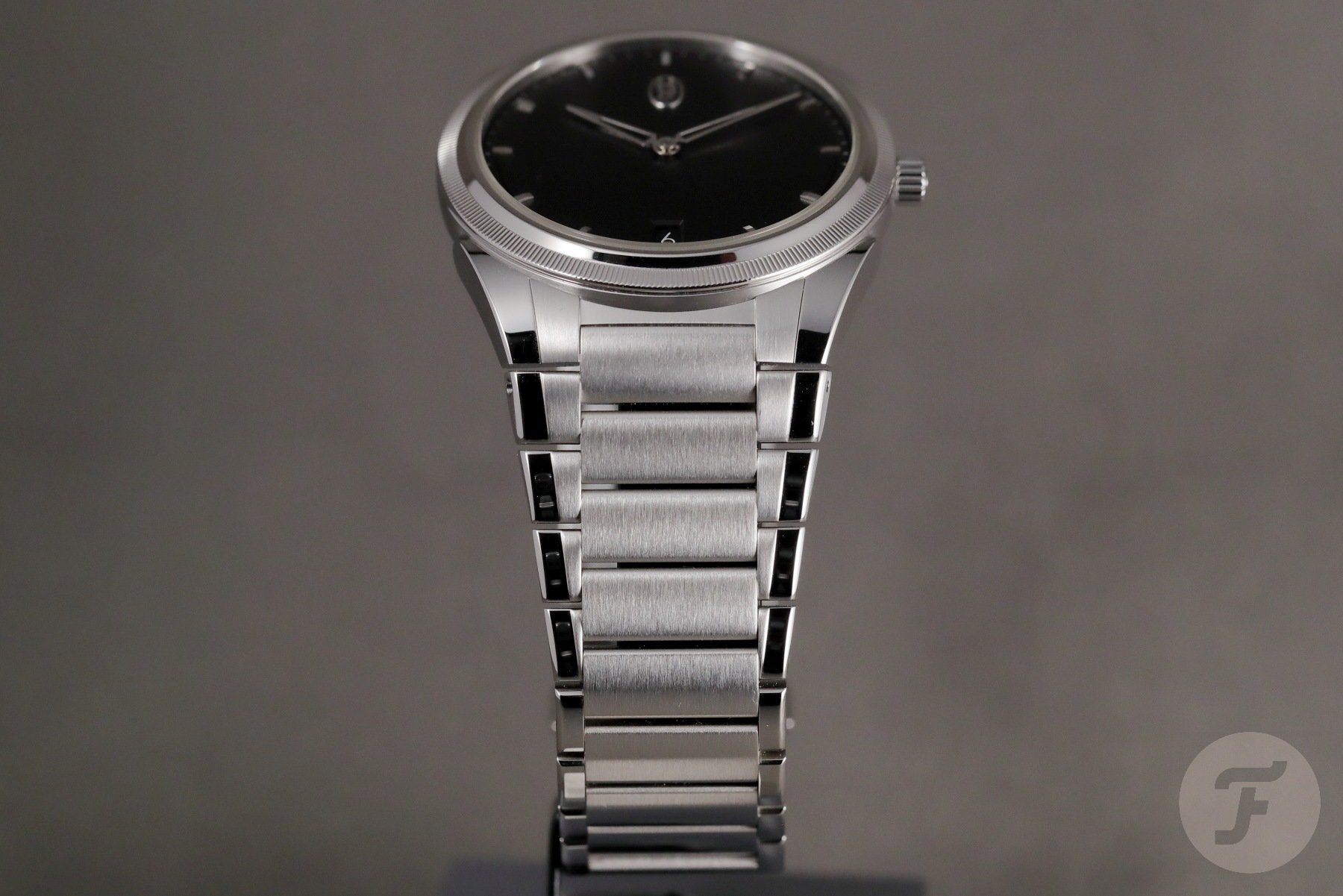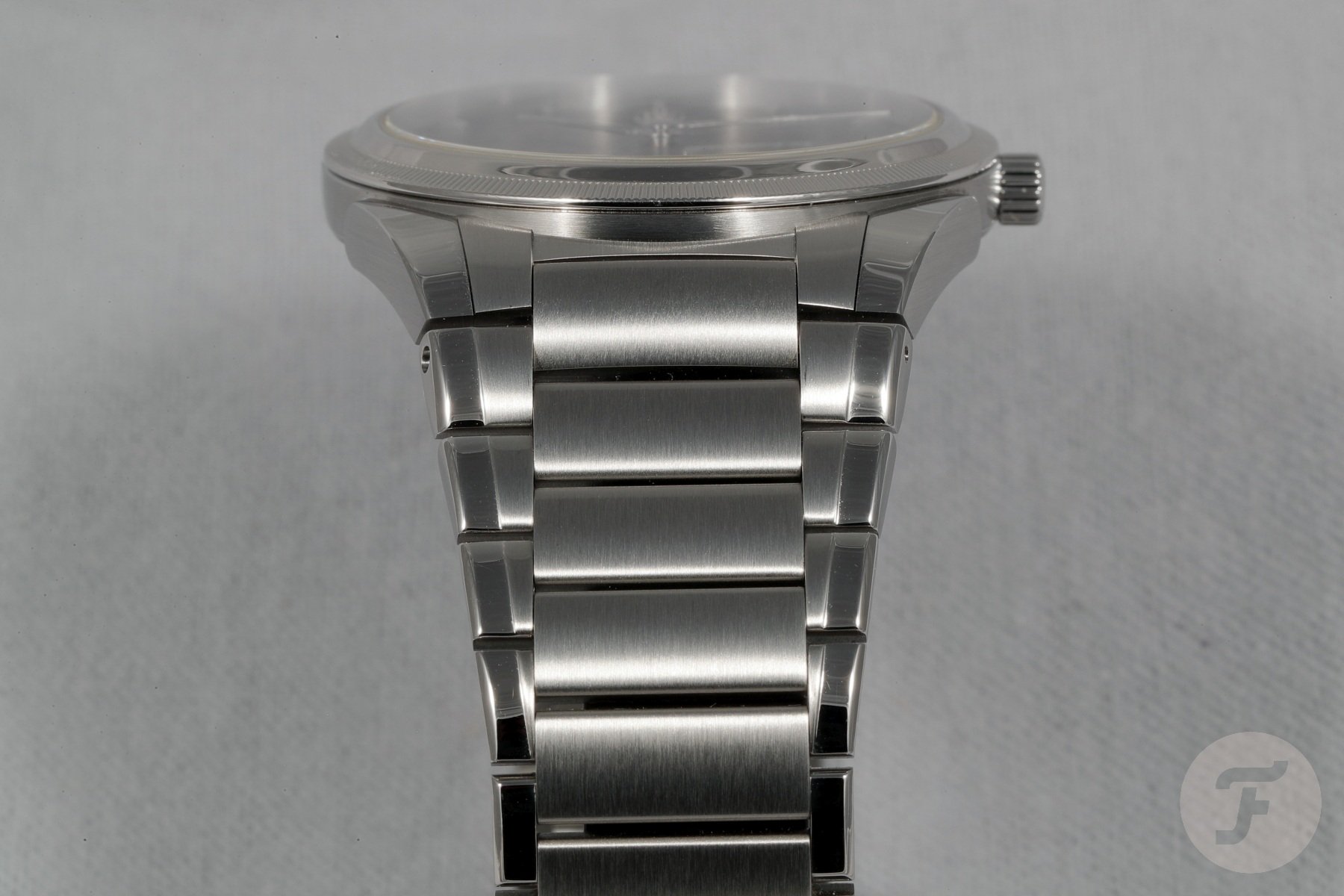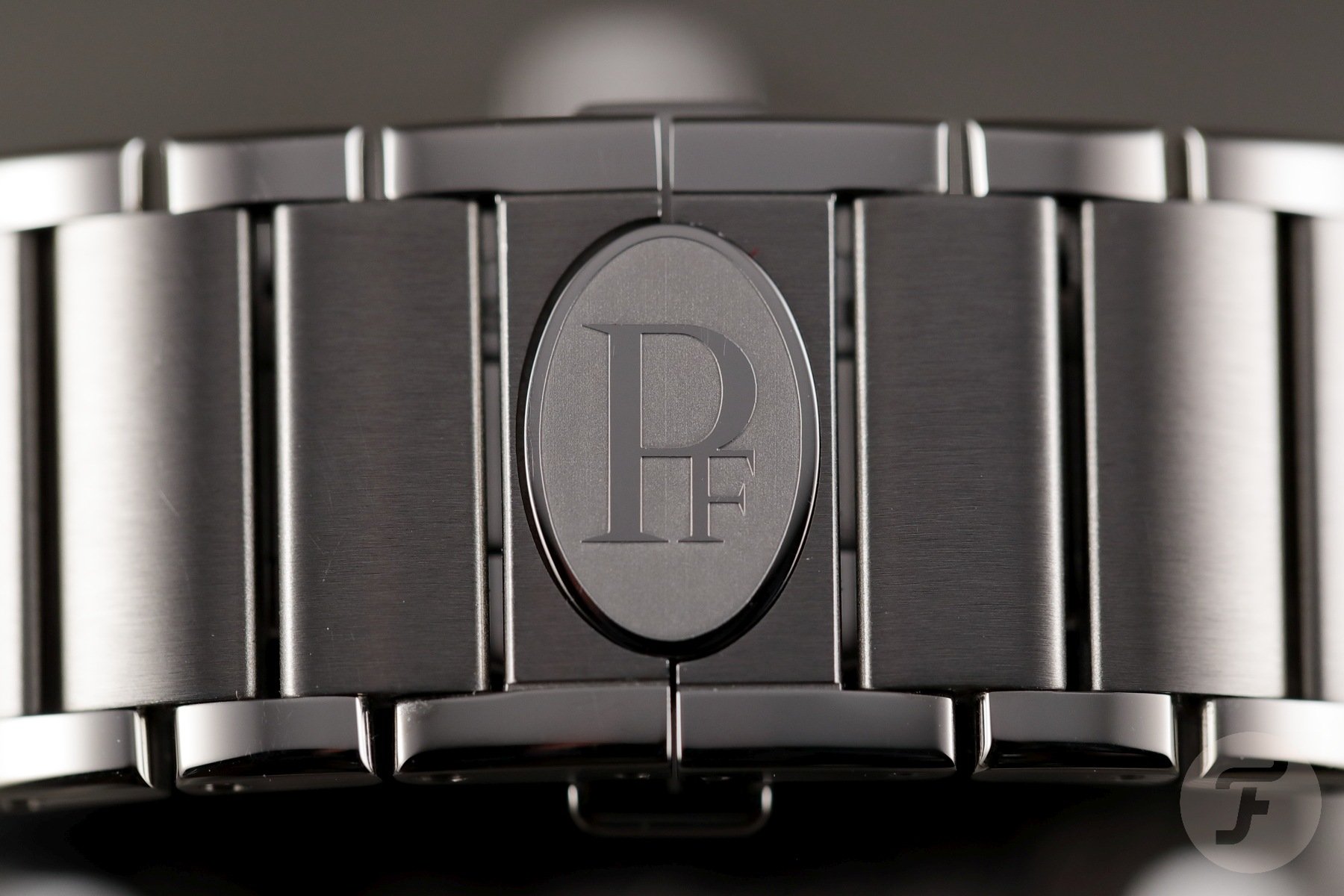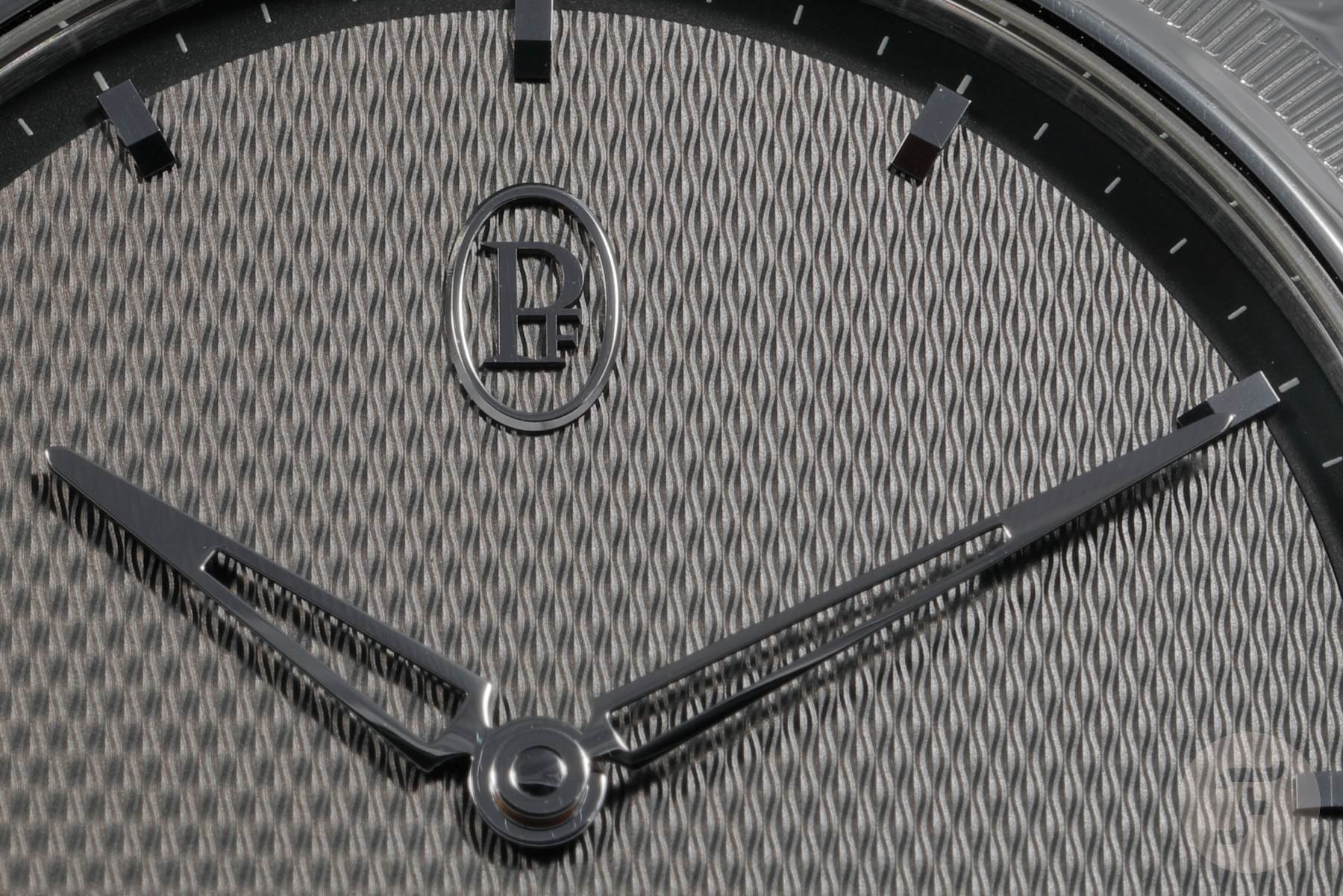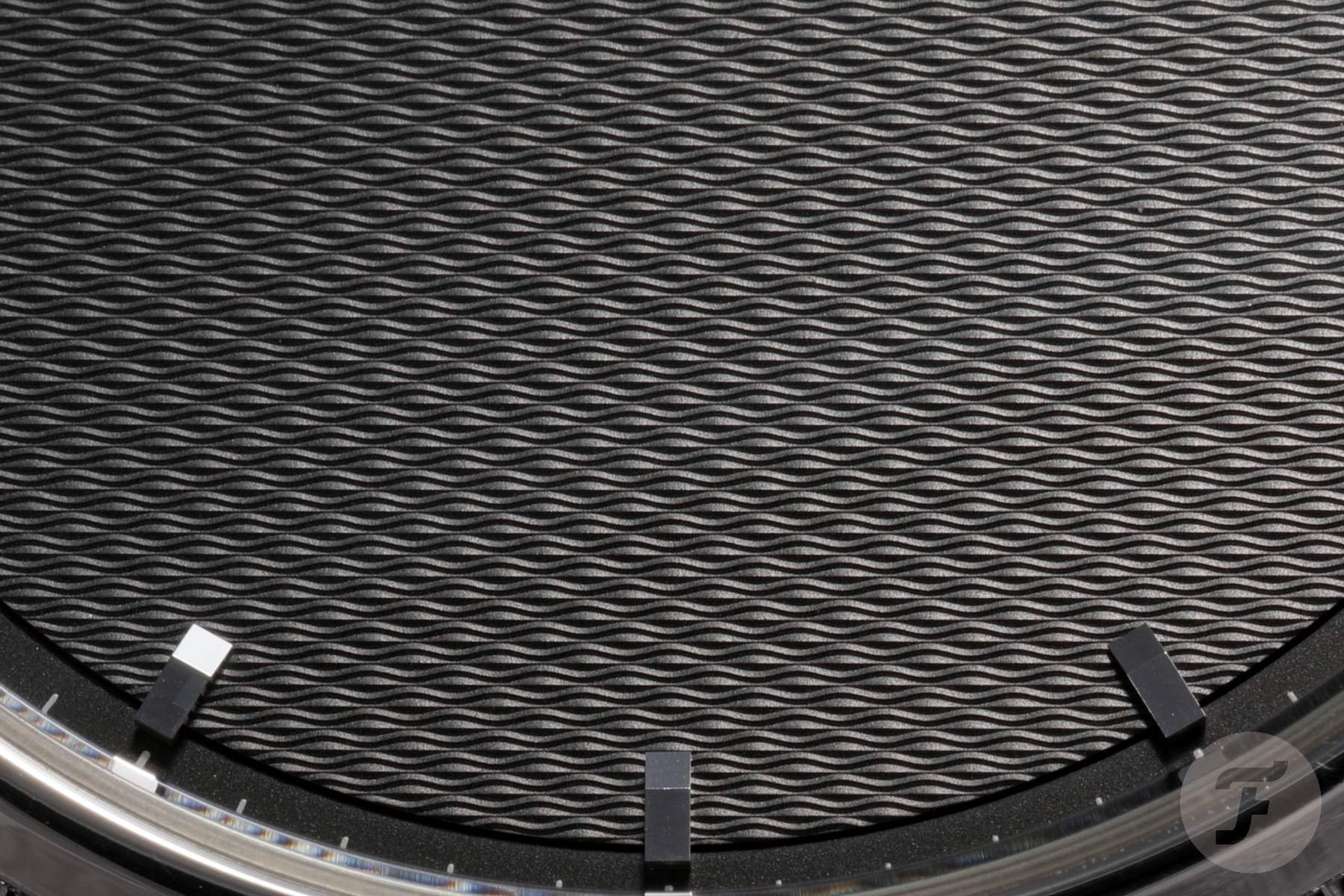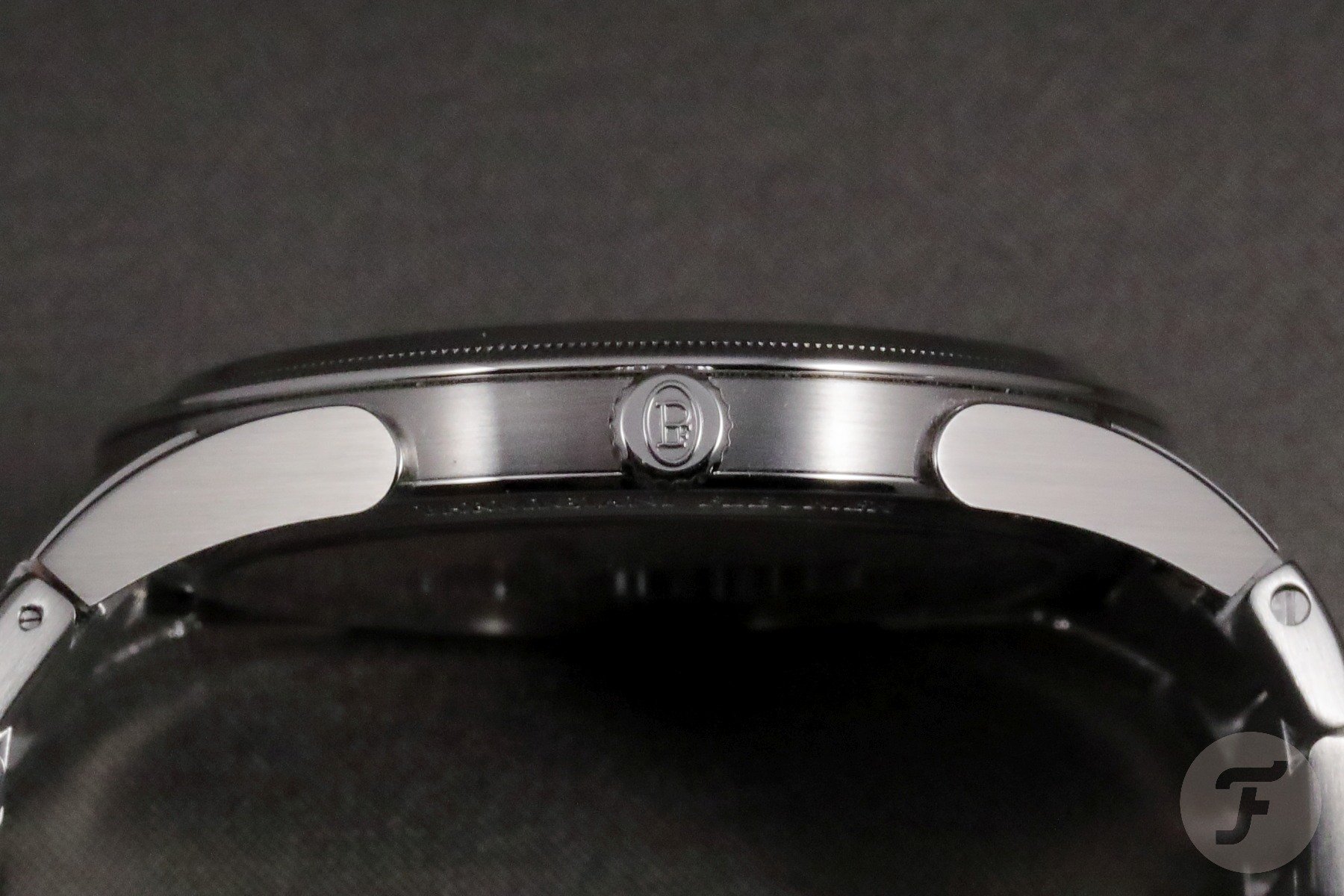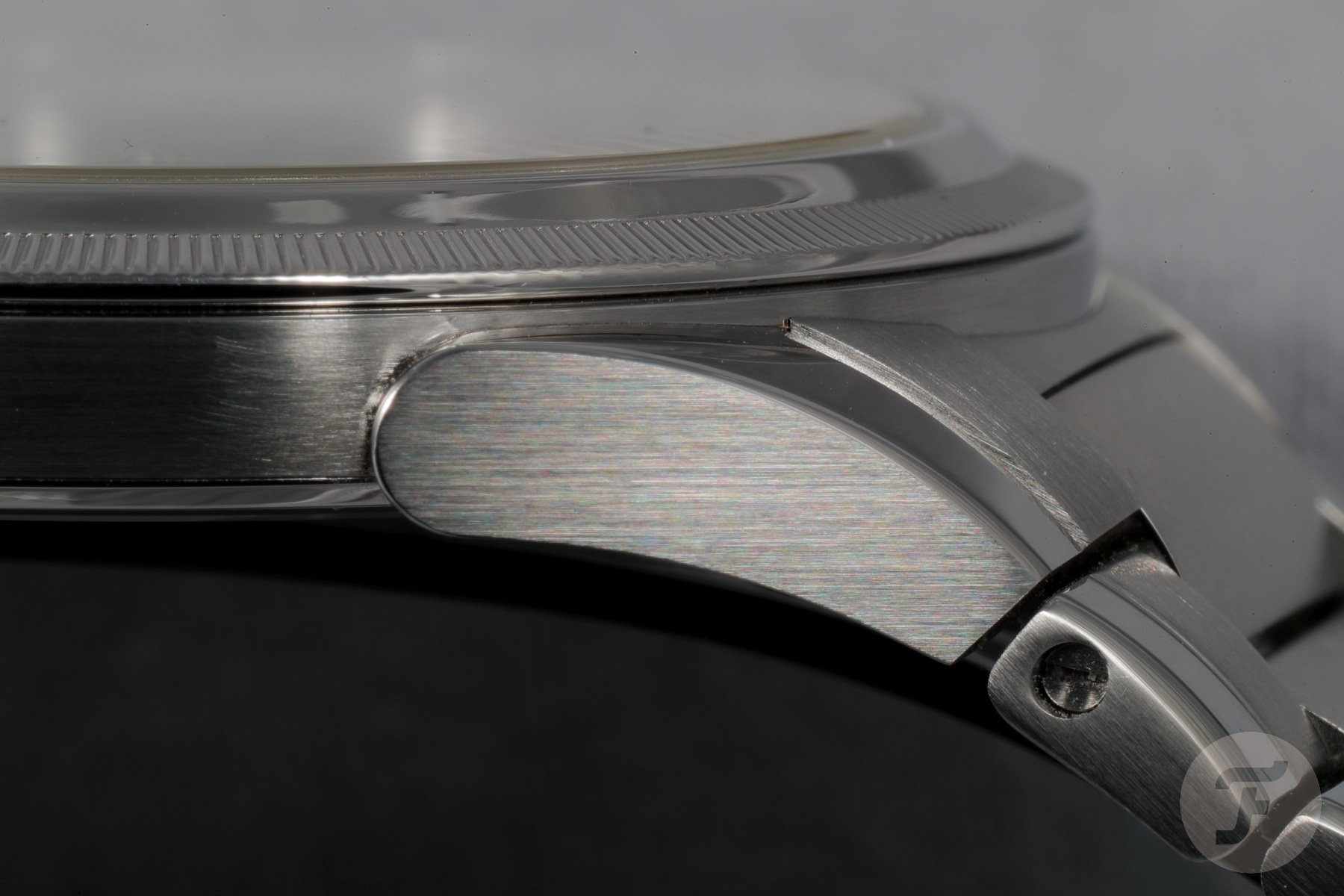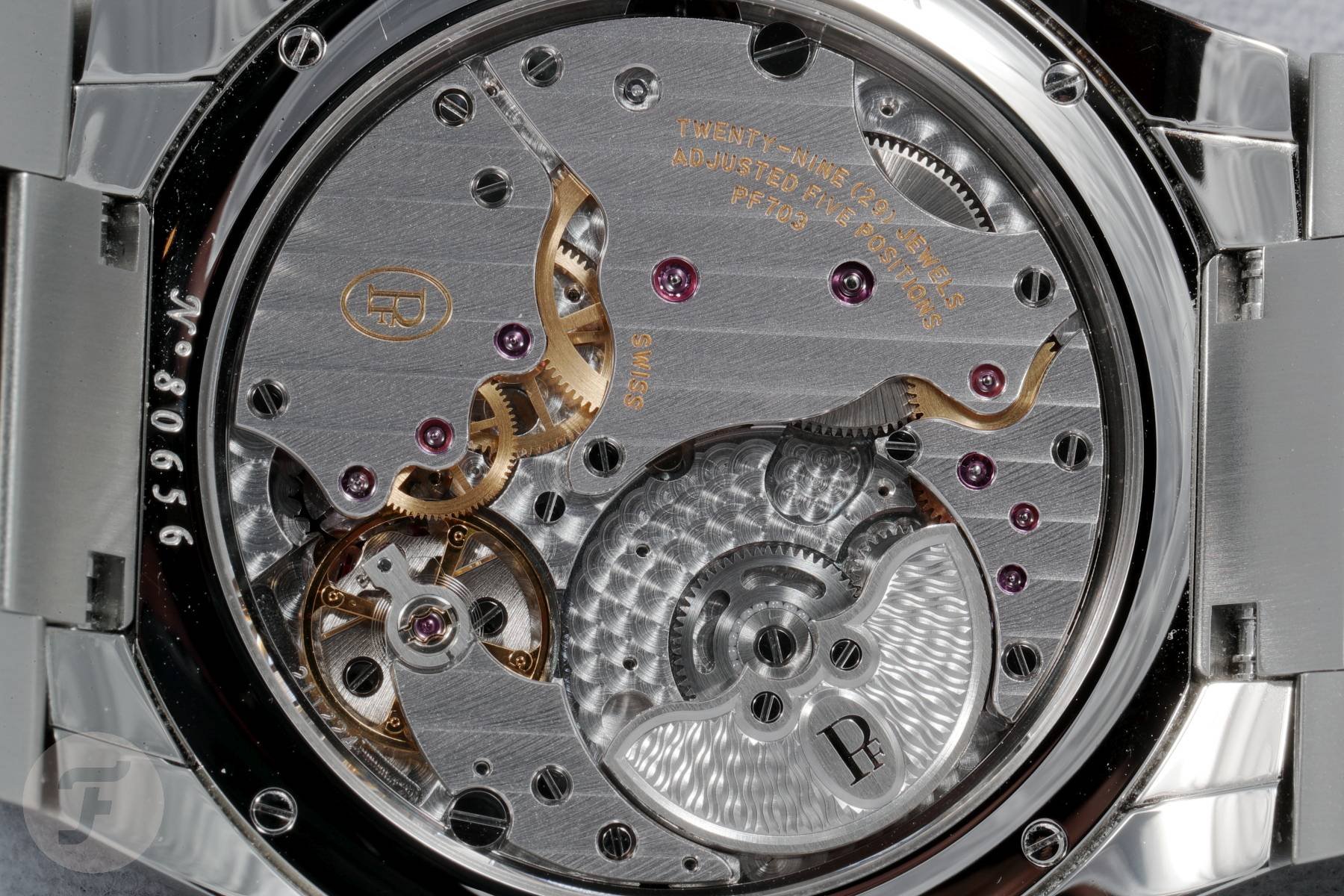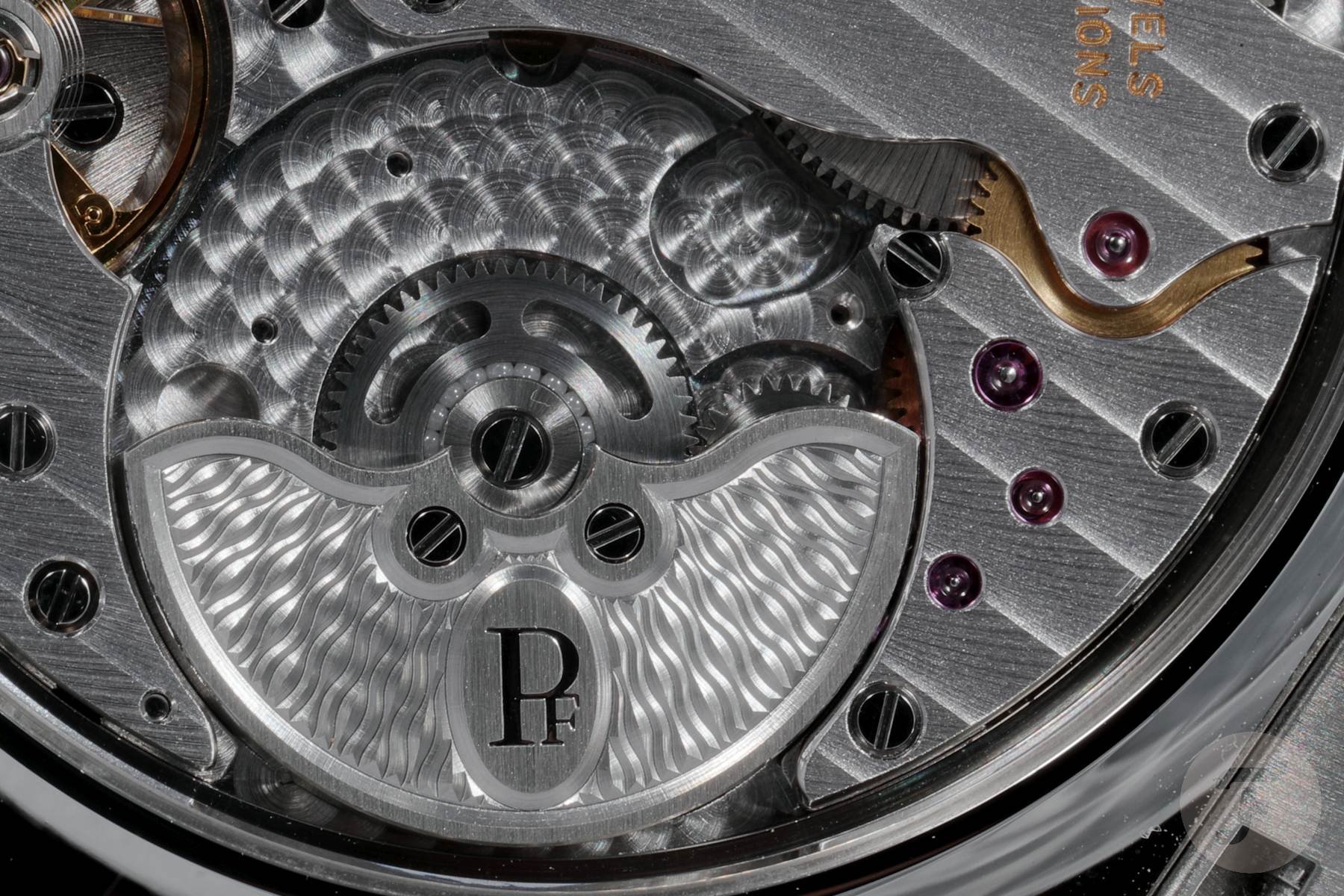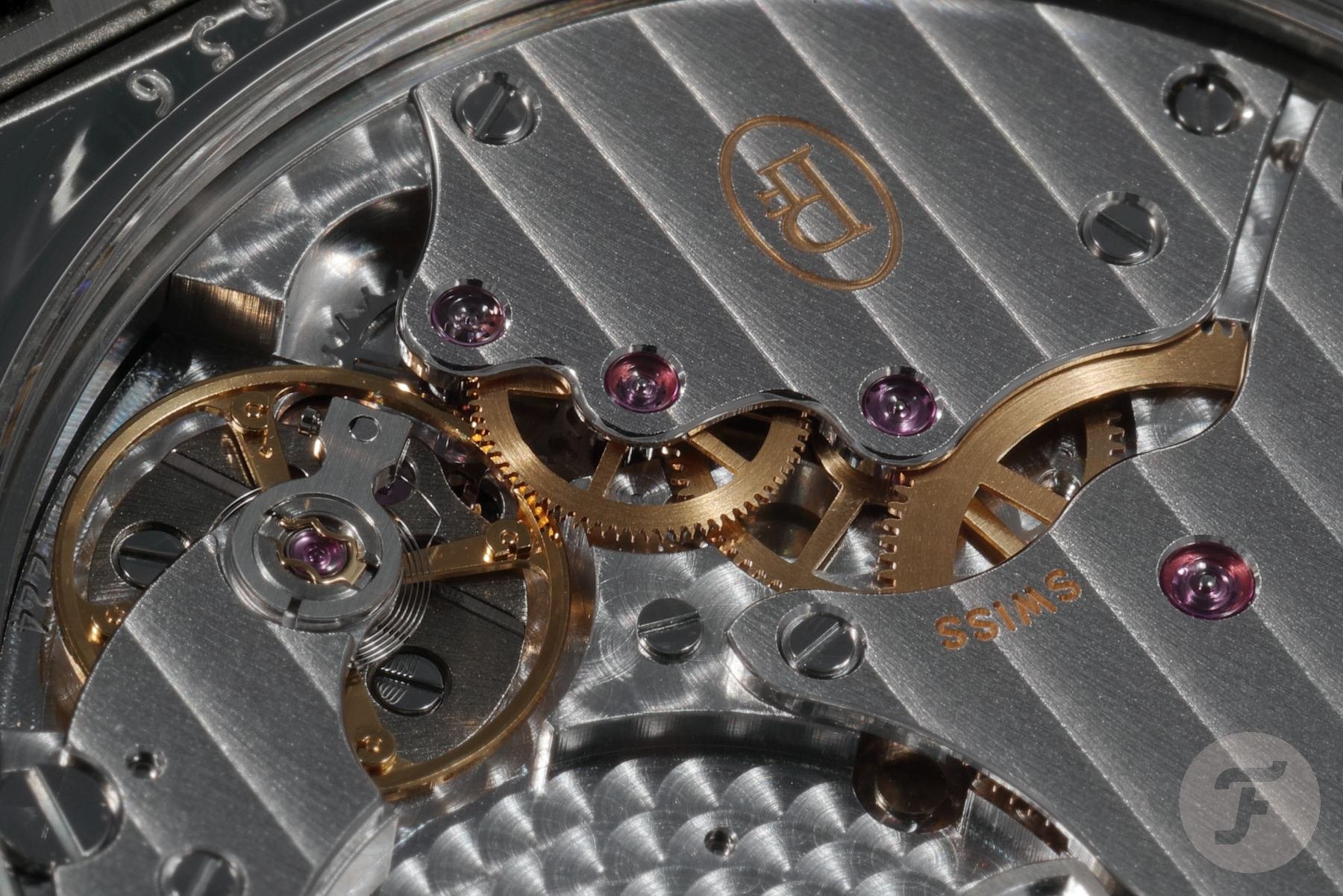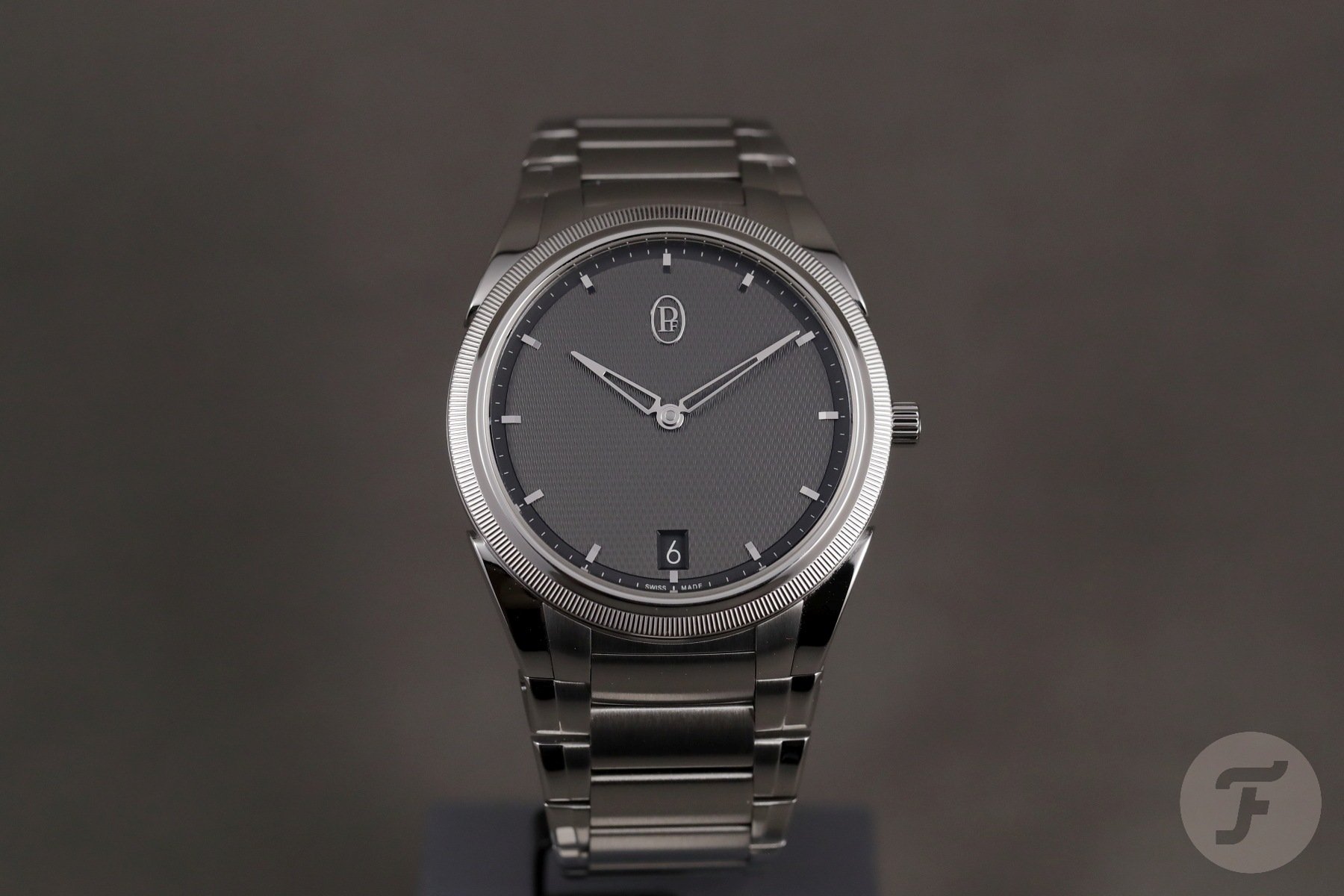A Passionate Decision: Why I Bought The Parmigiani Tonda PF Micro-Rotor
Parmigiani is still a young brand, yet the build quality of its watches is nothing short of astonishing. The watches coming out of the brand’s Fleurier workshops exceed the standards of high-end icons that sell for far more. In fact, Parmigiani has built complete watches for some of the most praised high-horology brands. Parmigiani itself, however, is still is more of an insiders’ tip. The restrained marketing of the past surely played a part in that. But Parmigiani has resolved to change this by appointing Guido Terreni as CEO, and the new Tonda PF collection that originated under this new management has created quite a stir. The signature model of this new collection is the Tonda PF Micro-Rotor in steel.
The answer to the question in the subtitle of this article actually is fairly easy for me to answer. I bought the Parmigiani Tonda PF Micro-Rotor because I immediately fell in love with this watch when I had it on my wrist for the first time. As simple as this may sound, there were several cogent reasons that caused this excitement for me. A price tag north of €20K usually is not my range for impulse buying. But in this case, I considered this watch to be absolutely worth its price, and I still do. Let me show you why.
The first striking impression: how it feels
I will let the cat out of the bag right away: what absolutely amazed me when I put the Parmigiani Tonda PF Micro-Rotor on my wrist was the way it felt. It appeared to me as if the bracelet would wrap around my wrist by itself. I’m not exaggerating here. Everyone who has had this watch on the wrist reports the same. I could try to rationalize how this effect arises. But no description, no matter how apposite or appropriate it may be, could replace the first-hand experience. I strongly recommend you try on this watch when you get the chance. Do it even if you’re sure that you won’t buy the Tonda PF Micro-Rotor, just to experience the phenomenon. Never before had a watch made a comparable impression on me.
A truly integrated design
When the feeling the bracelet generates has directed your attention to it, your eyes will follow the bracelet’s lines to the watch head. But it won’t be easy to determine where the bracelet ends and the case begins. What you will discover is a bracelet that flows almost organically around the dial, narrowing again on the dial’s opposite side.
I will tell you more about the dial in a moment. But now, I have to reveal something about this dial that, like the feeling of the bracelet, I also had never experienced in a watch before. The Tonda PF Micro-Rotor has two appearances. You probably know those double images which have been drawn or painted in a way so that you can see one or another subject in them. Famous examples are the ones in which you can see either an old or a young woman or either a duck or a rabbit.
… an impressive bracelet into which a watch dial has been placed.
The Tonda PF Micro-Rotor offers a similar effect. The actual color of the dial is a dark shade of gray. When you look at the watch from an angle that reveals this true color, what you see is a watch with a really nice bracelet. But if you turn your wrist so that the dial reflects the light, its color takes on a lighter gray tone. Now it looks as if you were wearing an impressive bracelet into which a watch dial has been placed.
To put it more simply, light reflections reduce the perceived contrast between the dial and the rest of the watch, intensifying the integrated look. Can’t imagine that? I told you, you need to try this watch on your wrist!
This bracelet!
I have already explained how the bracelet feels and how it appears. Now let’s examine together what it looks like in detail.
The way the bracelet links flare toward the head of the watch provides another optical illusion. It appears as if segments of increasing width have been added between the bracelet’s center and outer links, yet the bracelet retains its triple-link design. The outer portions of the narrowest links in the bracelet feature a fully polished finish. But as the bracelet becomes wider toward the watch head, the inner portions of those external links become brushed. The contrast between these two surface treatments is so strong that one link actually appears as two separate pieces. A minimal offset between the brushed and the polished segments emphasizes this rather intriguing effect.
The bracelet’s center links display a wonderful straight graining, but it’s not as coarse as what you’d find on an AP Royal Oak. You can only just spot that it is not diffuse brushing; it’s subtle, reserved, and doesn’t scream at you. When looking at the side of the bracelet, you find out that the polished surfaces extend just around the outer edge. The flanks and the complete underside of the bracelet expose a diffuse satin-brushed finish. All of the edges are slightly chamfered, and there are small gaps between the links that you don’t actually see when wearing the watch. This bracelet will never pull the hair on your wrist.
Paying attention to details: the folding clasp
The Parmigiani logo decorating the folding clasp like a medallion appears a bit old-fashioned to me. But the finely grained surface around the polished letters adds another impactful surface treatment and makes this seemingly unimportant detail stand out in a very sophisticated way. This medallion overlaps two links, maintaining balance and the elegance of the bracelet. On the other hand, this overlapping medallion requires you to close the two sides of the bracelet in a specific order. Once you’ve learned how to do that, it feels natural to you. The double-folding clasp works inconspicuously and is absolutely safe.
Where less is more: the dial
Finally, we arrive at the part of the watch that you normally see first — the all-important dial. The dial of the Tonda PF Micro-Rotor is surprisingly plain. First, you notice a lot of emptiness, enclosed by tiny applied hour indexes. Then a date window catches your eye, and you instinctively ask yourself whether it needs to be there or not. Next, you stumble upon the Parmigiani logo. Like on the folding clasp, I find it a bit old-fashioned here — somewhat out of place, but at the same time, kind of cute. Only then do you detect that the hands are more complex than you would have expected because they are cut out in the middle (I really dislike the term “skeletonized”). There is no seconds hand, and that’s okay.
Only at a second or third glance do you discern a chapter ring along the rim of the dial with almost invisible printed minute markers. Well, and then there is some kind of surface structure on the dial. With the naked eye, it is hardly possible to recognize the extremely fine guilloché pattern here.
The dial of a sports watch?
I truly love the clarity of the dial. It’s clean, and the readability is excellent. In general, I like very long and thin hour indexes, but here, these little stubs of indexes are just right. It’s not easy to determine whether the Tonda PF Mirco Rotor is a sports watch or an elegant dress piece. But this dial design is that of a sports watch. The lightweight hands complete this impression, and the date does so as well. If I had the choice, I would have omitted the date window. But the background color of the date disk is the same as the color of the dial, which I greatly appreciate. Therefore, if the dial appears dark, the date almost vanishes. However, if the dial appears bright as it reflects light, the date disk stays dark and stands out.
The slightly quirky logo contradicts the sportive character, and so does the guilloché pattern. But the guilloché pattern is so delicate that it’s hardly perceptible. It is a complex guilloché pattern called Grain d’orge (barleycorn). I think that even with eyes much younger than mine, it would be almost impossible to identify the details of this pattern while wearing the watch. Hence, this is a detail reserved for the owner of the watch who will discover it when passionately examining his watch with a loupe.
Separating the dial from the bracelet: the bezel
When looking at the dial of the Tonda PF Micro-Rotor from the front, you cannot distinguish the case from the bracelet. It looks as if the designers placed the dial within the bracelet itself. Therefore, optically, the bezel separates the two, and this bezel is actually quite complex. A very thin, flat ring at the top transitions to a tiny slope. These two surfaces are mirror polished. A slightly inclined surface presenting delicate knurling follows, and the thin outer edge of the bezel is mirror polished again.
You would miss it if it wasn’t there.
Like the logo, this knurled part of the bezel appears slightly out of place on this watch. But because the knurling is so fine, it rather adopts the function of a surface structure like the guillochè pattern on the dial. And this minimal detail enhances the optical purpose of the bezel to make the dial stand out from the bracelet. Parmigiani has used knurled bezels before, mainly on watches in its Toric line. On those pieces, I don’t like the knurled bezel. On the Tonda PF line, though, it adds a significant extra that is barely visible. But you would miss it if it wasn’t there.
The only part that stands out is the tiny crown. And it is a bit small indeed. It works flawlessly, but whenever I pull that crown to set the time, I’m afraid of breaking something. This is a tradeoff in favor of the design, and I can live with it.
A precious bezel
Parmigiani lets us know that the bezel on the stainless steel Tonda PF Micro-Rotor is made of platinum. Platinum exudes high-end luxury. The brand proclaims to have used platinum here because of its bright sheen. I don’t notice any difference in color between the bezel and the bracelet, but I still welcome the choice of this material for the bezel. The bezel is the part of the watch that bears the highest risk of having an unpleasant encounter with a hard object. In my experience, platinum is less susceptible to scratches than steel due to its toughness, and might thus prevent me from unwanted sorrows.
A look inside: the movement
Parmigiani’s base movement, the PF703, is an impressive piece of engineering. It offers a micro-rotor (the name of the watch already disclosed this) and a good dose of traditional finishing. Viewing the watch’s case from the side hints at the fact that it is an ultra-thin movement.
The decoration on the eponymous micro-rotor is the same as on the dial but on a much larger scale. This decoration gives the rotor a traditional look even though it is a modern design. The rotor is made of platinum, which is nonsense to do, although it reads great on a list of features. But there are other heavy metals that serve the same purpose at much lower costs.
The adjustable regulating weights on the free-sprung balance wheel are a modern solution as well. This combination of modern technical features with traditional decoration in this movement suits this watch quite well, in my view.
There is some hand-finishing visible at the bevels of the bridges, and the screw heads are black-polished. Parmigiani also produces this movement in a more elaborate version with more hand-finishing that you find in a few high-end watches from other independent brands. I’m fine with this execution of the PF703 in the Tonda PF Micro-Rotor. It suits the style of the watch, and the more decorated version would unnecessarily boost the price. After all, I didn’t buy this watch for its movement.
How it wears
After examining all the impressive details of the Tonda PF Micro-Rotor, it’s time to discuss how this watch feels to wear. I already got into the amazing feeling the bracelet evokes on the wrist, and the watch as a whole doesn’t abate this impression. I don’t know at what thickness the term “ultra-thin” becomes appropriate, but this watch is quite thin indeed. A thickness of 7.8mm at a diameter of 40mm speaks for itself. Despite the steel bracelet, this watch doesn’t feel heavy at all. The Tonda PF Micro-Rotor hugs my wrist as if it was made for it. When wearing it, I don’t even notice this watch, and it easily slides under any cuff.
… it’s got presence on the wrist.
There are not too many polished areas on this watch. Still, the brushed steel has its own unique shine. The Tonda PF Micro-Rotor is by no means a loud watch, but it’s got presence on the wrist. The contrasting dark dial amplifies this. When you look at it while it’s on your wrist and focus on the dial, it seems small. When you focus on the bracelet, it seems big.
The mixture of modern elements like the wide bracelet floating around the dial and traditional elements like the knurled bezel and the Parmigiani logo free this watch from relegation to a particular style. You can wear it in a formal setting as well as a more casual one. When exposed on your wrist, this watch will make an impact in every context. The fact that the Tonda PF Micro-Rotor doesn’t easily fit into any existing category probably entails part of its charm for me.
Why I love it: let’s summarize
The Tonda PF Micro-Rotor has a unique design. Nobody will confuse it with any other watch. And this design is fantastic. This watch has, if not the best, one of the best integrated-bracelet designs currently available on the market. The clarity of the dial with the almost invisible top-notch guilloché decoration is awesome. There are so many amazing details to discover that this watch will never become boring. Nonetheless, this watch doesn’t scream for attention. Every aspect of it is calm and elegant, almost restrained.
The best bracelet I’ve ever had on my wrist.
In addition to the captivating look, the Tonda PF Micro-Rotor even wears incredibly comfortable. I dare say that this is the best bracelet I’ve ever had on my wrist.
From a past visit to Parmigiani, we know that this brand produces almost every single part of its watches in-house. And we know that Parmigiani finishes every case, every bracelet, and every movement by hand — not merely the knurled bezel and the ultra-fine guilloché on the dial. The manufacturing quality is not simply on par with, but rather, even better than many of the most esteemed watch brands. If you take all this into consideration, the price of more than €20K doesn’t feel excessive. And I am happy to get all this without having to put one of the usual suspects on my wrist.
Let me know what you think of the Tonda PF Micro-Rotor in the comments, and visit Parmigiani’s homepage to discover everything the brand has to offer. Don’t miss the rose gold version of the Tonda PF Micro-Rotor! That’s the only full-gold watch with a gold bracelet I could imagine wearing. If only the price wasn’t more than twice the price of the steel version…

